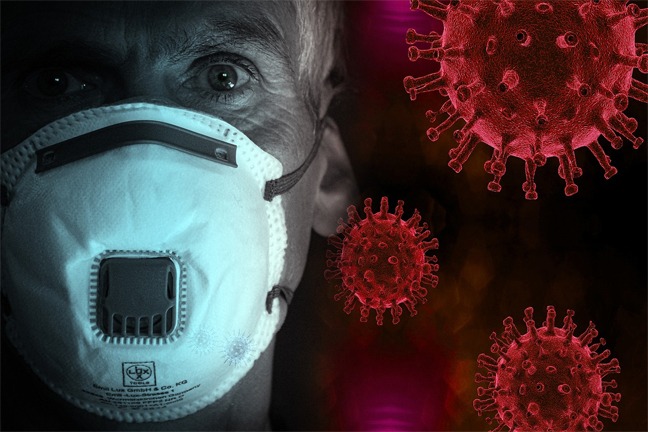What Is Coronavirus?
According to the World Health Organization (WHO), coronavirus is a family of viruses that cause illnesses ranging from the common cold to more severe diseases. Common signs of infection include headache, fever, cough, sore throat, runny nose and breathing difficulties. In more severe cases, infection can cause pneumonia, severe acute respiratory syndrome, kidney failure and even death. Individuals who are elderly or
pregnant, and anyone with preexisting medical conditions are at the greatest risk of becoming seriously ill from coronaviruses.
How Does Coronavirus Spread?
Although the ongoing outbreak likely resulted from people who were exposed to infected animals, COVID-19 can spread between people through their respiratory
secretions, especially when they cough or sneeze. According the Centers for Disease Control and Prevention (CDC), the spread of COVID-19 from personto-person most likely occurs among close contacts who are within about 6 feet of each other. It’s unclear at this time if a person can get COVID-19 by touching a surface
or object that has the virus on it and then touching their own mouth, nose or eyes.
CDC Interim Guidance
In order to help employers plan and respond to COVID19, the CDC has issued interim guidance. The CDC recommendations include:
- Actively encourage sick employees to stay home. Employees who have symptoms of acute respiratory illness are recommended to stay home and not come to work until they are free of signs of a fever and any other symptoms of COVID-19 for at least 24 hours, without the use of fever-reducing or other symptom-altering medicines. What’s more, employees should be instructed to notify their supervisor and stay home if they are sick.
- Separate sick employees. Employees who appear to have acute respiratory illness symptoms (e.g., cough or shortness of breath) upon arrival to work or become sick during the day should be separated from other employees and be sent home immediately. Sick employees should cover their nose and mouth with a tissue when coughing or sneezing.
- Emphasize hand hygiene. Instruct employees to clean their hands often with an alcohol-based hand sanitizer that contains at least 60%-95% alcohol, or wash their hands with soap and water for at least 20 seconds. Soap and water should be used preferentially if hands are visibly dirty.
- Perform routine environmental cleaning. Employers should routinely clean all frequently touched surfaces in the workplace, such as workstations, countertops and doorknobs.
Join the Conversation on Linkedin | About PEO Compass
The PEO Compass is a friendly convergence of professionals and friends in the PEO industry sharing insights, ideas and intelligence to make us all better.
All writers specialize in Professional Employer Organization (PEO) business services such as Workers Compensation, Mergers & Acquisitions, Data Management, Employment Practices Liability (EPLI), Cyber Liability Insurance, Health Insurance, Occupational Accident Insurance, Business Insurance, Client Company, Casualty Insurance, Disability Insurance and more.
To contact a PEO expert, please visit Libertate Insurance Services, LLC and RiskMD.
